Top Reasons Boats Fail, and What to do about It
Posted by Pacer on 28th Jan 2019

Top Reasons Boats Fail, and What to do about It
*This Article was published on 1/28/2019 and was updated 9/26/2022*
There’s nothing worse than enjoying a day of boating only to have a mechanical or electrical issue pop up. Seriously, It’s worse than unexpected rain at a picnic. Much worse. Boat repairs can cost in the hundreds, if not thousands of dollars and the total can escalate quickly. We’re going to take a look at some of the more common mechanical issues as well as some electrical issues boaters face. We will address some simple solutions that can get you back on the water quickly. Once we’re done, we’ll take a quick look at some preventative maintenance that can help reduce the risk of mechanical or electrical issues in the first place.

Common Reasons Boats Break Down:
1. Engine Sputtering or losing power

The first step is to identify what the cause of the problem is. The most obvious answer is fuel. If you have plenty of fuel, then the next place to look is the fuel lines and the fuel filter. Hopefully, you have a spare filter with you. If not, remove the current filter and see if there is any debris you can remove. While you have the filter off, make sure there is no water in your fuel and the lines are clear and show no signs of cracking. Remember, for I/O boat owners, vent the engine box before you restart the engine.
For more detailed information about this topic Click Here.
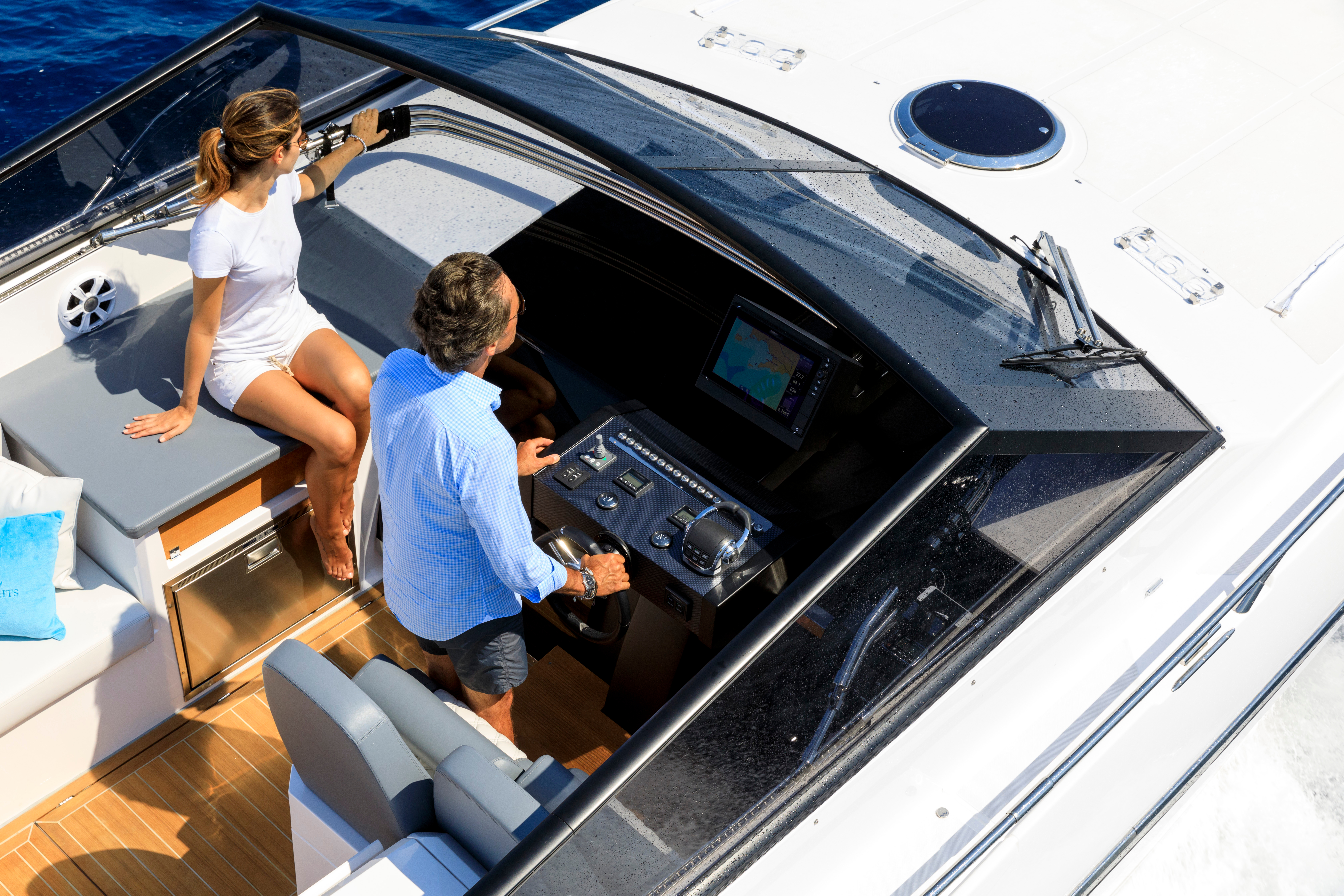
Important Note:
Remember, when an engine is sputtering or losing power, it is usually a symptom of a much larger problem. Ignoring these signs will only lead to greater problems down the road. It is important to know your boat, what it sounds like, how it handles, how it feels. This way you can notice when something is off. The sooner you recognize the an issue, the better the outcome will likely be.
2. Engine is overheating

When your engine is overheating, it’s usually a sign that water is not flowing in the cooling loop. This can lead to serious long term damage to the motor itself. In case you didn’t know, I/O motors use water from the surrounding area to keep cool. When the water can’t flow properly, the heat will build up quickly and the results can be disastrous. If there is no obvious blockage that you can find, check your hoses and hose clamps for signs or cracking or bursting. If you still cannot locate the issue, it is time for a more thorough inspection and may require a visit to your local repair shop.
For more detailed information about this topic Click Here.
3. Engine turns over but won’t start

Assuming you have sufficient fuel, the first step is realizing that the problem is most likely electrical in nature. It could be that your battery does not carry a full charge or that there is a break somewhere in the ignition circuit. It may even be as simple as inspecting the spark plugs buts that's not so easy when on the water unless you carried the proper tools. Since we’re confident it’s most likely the electrical, the first step is to isolate the problem. Place the vessel in neutral and make sure to inspect the kill switch. If you don’t find the problem and don’t have a jump box, it may time to call for help.
For more detailed information about this topic Click Here.
4. Vibrating too much

After you’ve been on a boat you know what normal vibration is and what seems like it could be too much. When excess vibration is an issue, the first place to look is the propeller. When a propeller has damage to its blades, it creates an imbalance which creates the vibration. The longer your propeller is creating the vibration the more damage it is doing. This can lead to permanent engine damage and possible engine failure. Be sure to inspect the blades, the shaft, and the hubs.
For more detailed information about this topic Click Here.
5. The trim is stuck

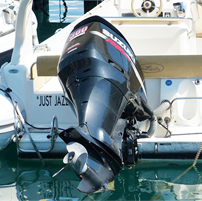
There could be several issues preventing the trim from operating properly. With your boat tied off, make sure the motor is shut off and the key is removed from the ignition. With this safety precaution in place, get in the water and position yourself near the base of the motor. Find the location of your trim release valve. It is important to know where this value is at before you get into this situation. Make sure you locate the value BEFORE you put your boat into the water. Once you have raised the motor by using the release valve, you can get your boat onto the trailer and out of the water to diagnose the issue behind the trim malfunction.
For more detailed information about this topic Click Here.
6. The steering isn't working
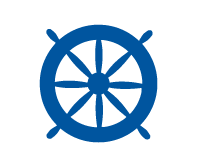
If you start to notice an issue with your steering, do not ignore it. The simplest solution is that the hydraulic fluid has run low. Check your fluid level and add if needed. Once that is done, check for leakage along the lines and connection points. In more complex motors, the issue may be more complicated. If the fluid levels were fine, you may have a mechanical issue. It could be a loose connection or an issue in the cable system itself. Your best bet is to trace the lines and look for an issue. If you find an area where the cable has too much slack, you may have found the issue.
For more detailed information about this topic Click Here.
7. Belt wear or breakage
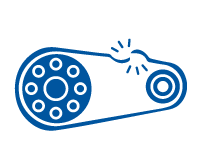
When your belt breaks you may not immediately notice. You will notice that either your overheat light comes on or that your voltmeter shows that your alternator isn’t charging properly. In either case, it must be addressed immediately. This isn't the kind of issue that you want to be forced to handle out on the water. If you don’t have a spare belt with you, then head back to shore as carefully as possible. Seriously though, keep a spare belt onboard at all times as well as any tool you'll need. The bottom line is to be prepared.
For more detailed information about this topic Click Here.
You have probably noticed a reoccurring theme so far; pay attention to your boat, inspect everything before going out on the water, and address issues immediately. If you do that, you will avoid a wide range of issues. Now that we’ve looked at some of the most common reasons behind mechanical and electrical failure, let’s turn our attention to preventative maintenance. Although some of the ideas below may seem obvious or basic common sense, you’d be surprised how many people fail to follow proper maintenance schedules. Remember, when you are on the water, you are at the mercy of the water. The best chance you can give yourself to avoid a potentially dangerous situation is to keep your vessel in top shape and to always be aware of subtle changes of your boat or it’s motor.

Simple Ways to Protect your Boat:
8. Check the engine before hitting the water
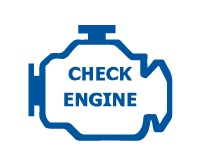
Boat engines require very specific maintenance, best performed on a schedule. You should know how to check your hoses and pumps for signs of leakage or wear. Be sure to look at your bilge areas as well for leaks or signs of damage. Check your oil and coolant to make sure there is enough, and that they are filled to the proper level. This is also a great time to inspect your wires for corrosion or signs of melting insulation. Make sure to inspect the connection points on your wires and connectors too. Once you get on the water, be sure to check your oil pressure and volt/amp meters just to make sure everything is good to go. Basically, inspect anything and everything and address signs of trouble. It's the smartest path to take.
For more detailed information about this topic Click Here.
9. Maintain and test the battery
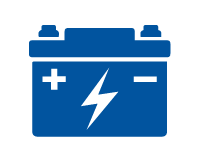
Take each battery out, clean them up and fully charge them. Make sure to lubricate the bolts and the terminals as well. Test the batteries to ensure that they are functioning to the proper capacities. Once you're happy with the condition of the battery, store them someplace safe. Simple steps like this will get you more hours out of your battery and ensure that you get more time on the water hassle free. Your batteries are one of the most crucial parts to your electrical system. Small amounts of maintenance will go a long way with batteries to guarantee a longer life out of them.
For more detailed information about this topic Click Here.
10. Change the oil consistently

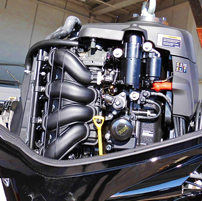
Be aware of your boats oil needs based on the make, model and type of engine your vessel has. If you don’t know how to change the oil on your boat, DON’T try it. Take it to a professional service shop and let them handle it. Many people make the mistake of thinking that changing oil on a boat will be the same as on a car. Simply put, it's not. The best course of action, especially if you're somewhat new to boating, is to let the service technicians handle the messy jobs. This way you know that everything is done properly.
For more detailed information about this topic Click Here.
11. Manage fuel and stabilizer

If a tank is left partially full it leaves room for moisture to creep in which can cause a variety of problems. To prevent this, either keep the tank full whenever possible or drain the tank completely. This way you remove that risk and ensure a better long term outcome. If you are going to store fuel in the tank for extended periods of time, be sure to add a protective stabilizer to keep the fuel from going bad and possibly causing long-term issues. Once fuel has begun the process of chemical change (usually within 3 to 6 months of storage) the best course of action is to remove all of the fuel and replace it with new fuel.
For more detailed information about this topic Click Here.
12. Check the propeller

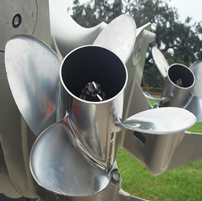
Ignoring the propeller is a bad idea. The easiest thing to do is to look for obvious damage. Take careful inventory of the blades to see if there are nicks, bends, gouges, corrosion or any other damage to the propeller. Also, carefully inspect areas where it connects to the motor itself like the shafts and the hubs. Throughout the boating season, remove the propeller periodically and check for fishing line, debris, trash or any other material that may have worked its way into the propeller shaft. Simple steps like this can give you more life out of your propeller.
For more detailed information about this topic Click Here.
13. Wash the boat
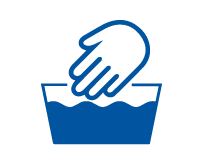
Now, you don’t just give your boat a quick rinse as that’s not really going to achieve much. This holds especially true when dealing with salt water. To maintain a salt-free vessel, use a boat brush, especially one with soft bristles, and gently wash the boat from top to bottom. You want to use a soap that is compatible with the sealant or finish you’ve put on your boat. This way you don't damage the finish, and inadvertantly, the boat over time. If you don’t have access to marine grade soap, you can use car soap or even laundry soap if you have nothing else.
For more detailed information about this topic Click Here.
14. Preventing mold growth

Washing your boat, as mentioned above, is an easy way to help prevent mold growth but washing, in itself, isn’t enough. A simple method is to add a little bit of white vinegar to your washing solution. The vinegar is enough to wipe out the mold without damaging any of the coatings your boat may carry. The next step is to fully dry your boat from top to bottom. This can be as simple as just leaving it in the sun for a time. If you choose to leave it in the sun, make sure to inspect that your boat is dry before you put it away for any length of storage especially if you plan to cover it.
For more detailed information about this topic Click Here.
